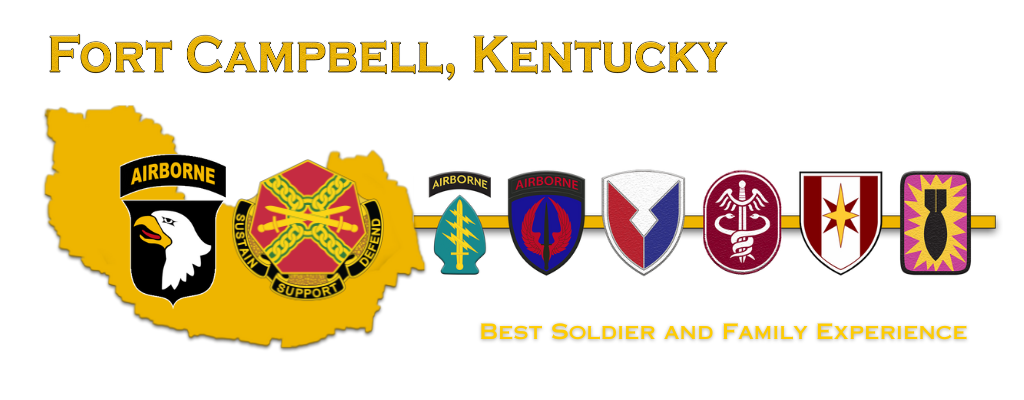
What Did People do at Clarksville Base?
Clarksville Base was built to store the United States’ growing stockpile of nuclear weapons in a highly secure environment. Everyone on the base had a job that supported that central mission. The activities of the civilians and military members working at the base fell into four categories: administration, maintenance, inspection, and security.
Administration
Clarksville Base was administered by the Air Force from 1948 to 1952 and the Navy from 1952 to 1969. Administration of the base involved both the central mission of providing secure storage for nuclear weapons and the secondary mission of supporting the civilian and military workers at the base. Clarksville Base was self-sufficient and entirely separate from Fort Campbell. It had its own power generation and water treatment facilities, utilities, and roads. The administration area of Clarksville Base also included a fire station, chapel, post office, barbershop, bowling alley, swimming pool, commissary, and mess hall to serve the needs of those stationed there.
Maintenance
 Early atomic weapons required ongoing maintenance to make sure that they would function when they were needed. The Air Force facilitated the maintenance of the weapons from the time that Clarksville Base became operational in 1948 until they handed over management of the base to the Navy in 1952. Air Force and Navy weapons handlers transported weapons to various locations on the base (between the base railhead, airfield, storage facilities, and plants) and performed routine maintenance on the weapons.
Early atomic weapons required ongoing maintenance to make sure that they would function when they were needed. The Air Force facilitated the maintenance of the weapons from the time that Clarksville Base became operational in 1948 until they handed over management of the base to the Navy in 1952. Air Force and Navy weapons handlers transported weapons to various locations on the base (between the base railhead, airfield, storage facilities, and plants) and performed routine maintenance on the weapons.
Inspection
 The Atomic Energy Commission contracted the Sandia Corporation to perform quality control inspections on the nuclear weapons at Clarksville Base. Sandia employees conducted warhead surveillance, which meant that they monitored the radioactivity of the materials in the weapons. Early atomic weapons had polonium-beryllium neutron initiators that started the chain reaction needed for an atomic explosion. These initiators were only active for 138 days, so they had to be replaced frequently. Sandia employees also performed other tests on the nuclear materials and were responsible for assembling and dissembling nuclear devices. Later, these activities were conducted by the civilian contractor Mason and Hanger, who then added the new weapons into the Clarksville Base inventory.
The Atomic Energy Commission contracted the Sandia Corporation to perform quality control inspections on the nuclear weapons at Clarksville Base. Sandia employees conducted warhead surveillance, which meant that they monitored the radioactivity of the materials in the weapons. Early atomic weapons had polonium-beryllium neutron initiators that started the chain reaction needed for an atomic explosion. These initiators were only active for 138 days, so they had to be replaced frequently. Sandia employees also performed other tests on the nuclear materials and were responsible for assembling and dissembling nuclear devices. Later, these activities were conducted by the civilian contractor Mason and Hanger, who then added the new weapons into the Clarksville Base inventory.
Security
The Air Force handled security for Clarksville Base from 1948-1952 before handing responsibility over to the Marines when the Navy took over management of the base. The Marines controlled access to the base at the main entrance. They also patrolled the perimeter road around the base, monitored the perimeter fence intrusion alarms, and manned the pillboxes (concrete guardhouses) outside the storage facilities.





